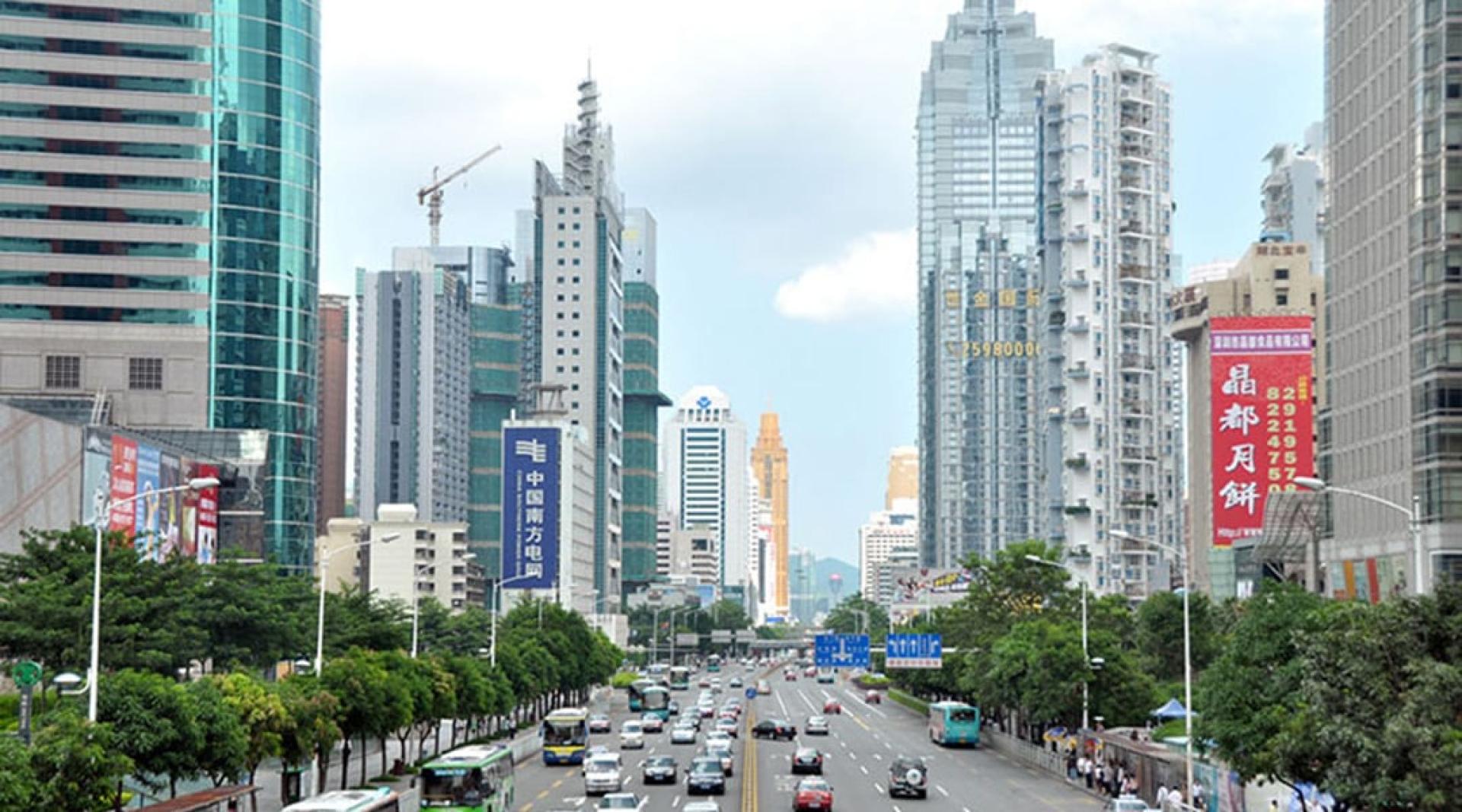Hong Kong and Guangdong Province have strengthened cooperation in the field of innovation and technology in recent years and have gradually achieved certain results. Among them, the "Shenzhen—Hong Kong—Guangzhou" innovation cluster this year ranked first for the first time in the World Intellectual Property Organization's list of the world's top 100 innovation clusters.
A spokesperson for the Hong Kong SAR government stated that the innovation cluster ranking published by the World Intellectual Property Organization reflects that the innovation capability of the Guangdong-Hong Kong-Macao Greater Bay Area has received high recognition internationally. In the future, Hong Kong will continue to closely collaborate with its fellow cities in the Greater Bay Area to further promote the vigorous development of innovation and technology within the region.
On the 1st, the World Intellectual Property Organization, under the United Nations, announced the latest ranking results of the "2025 Global Innovation Index (GII)" for the world's top 100 innovation clusters. The "Shenzhen—Hong Kong—Guangzhou" innovation cluster, which has occupied the runner-up position for the past five years, finally rose to the top this year. The "Tokyo—Yokohama" cluster and the "San Jose—San Francisco" cluster followed successively, with the Beijing cluster ranking fourth.
The "2025 Global Innovation Index" cluster ranking is mainly determined using three core indicators to identify the concentration of world-class innovation activities. These indicators include the number of international patent applications submitted via the Patent Cooperation Treaty, the number of scientific papers published, and the volume of venture capital transactions.
Data shows that this year's global top 100 innovation clusters are distributed across 33 economies, among which China accounts for the most, totaling 24 clusters, while the United States and Germany have 22 and 7 respectively.
Among them, the "Shenzhen—Hong Kong—Guangzhou" cluster reached a patent application density of 2,292 per million people this year, a scientific paper publication density of 3,775 per million people, and a venture capital transaction density of 135 per million people.
WIPO Chief Economist Carsten Fink said that the "Shenzhen—Hong Kong—Guangzhou" innovation cluster rose to first place mainly because of the newly included venture capital transaction indicator this year, and both Chinese and Hong Kong enterprises attracted considerable participation from international and local large venture capital funds.
He praised the contributions made by each of the three cities in the "Shenzhen—Hong Kong—Guangzhou" innovation cluster. The composition of the cluster in the region is diverse, with Hong Kong serving as a research center and home to world-class universities, making scientific research publication an important component of the cluster.
